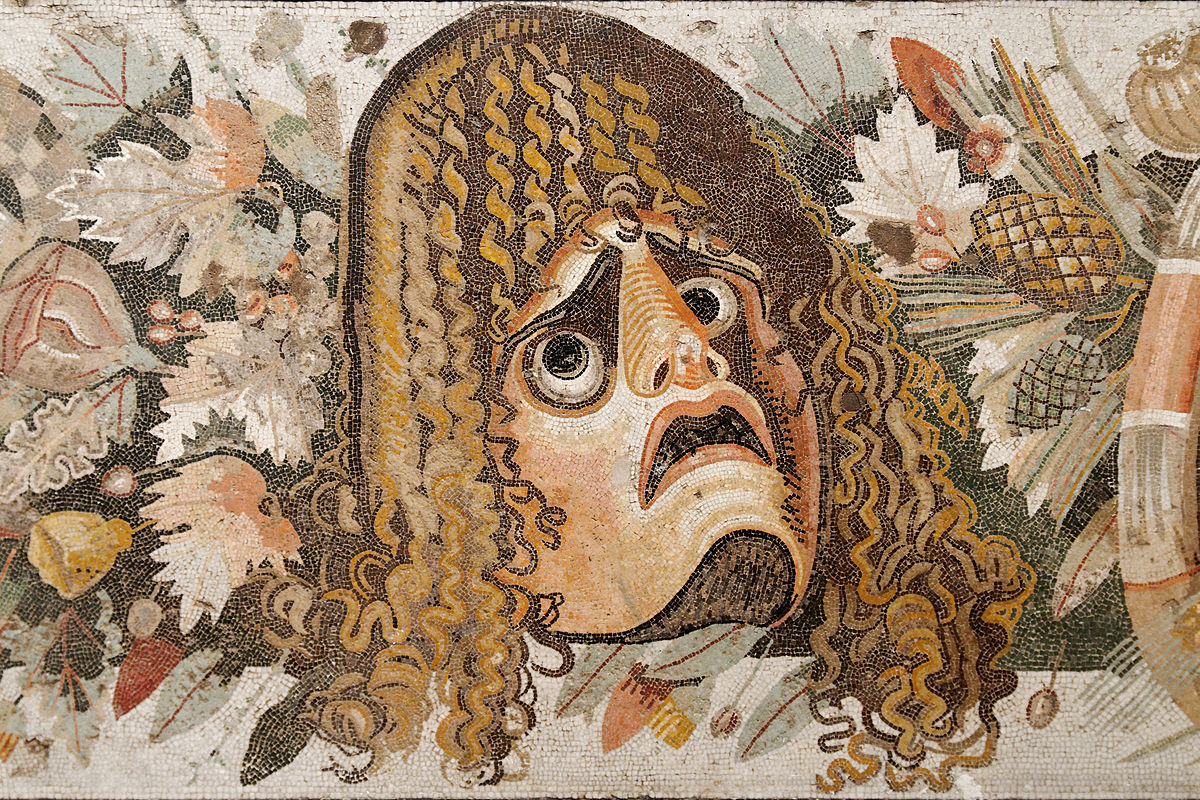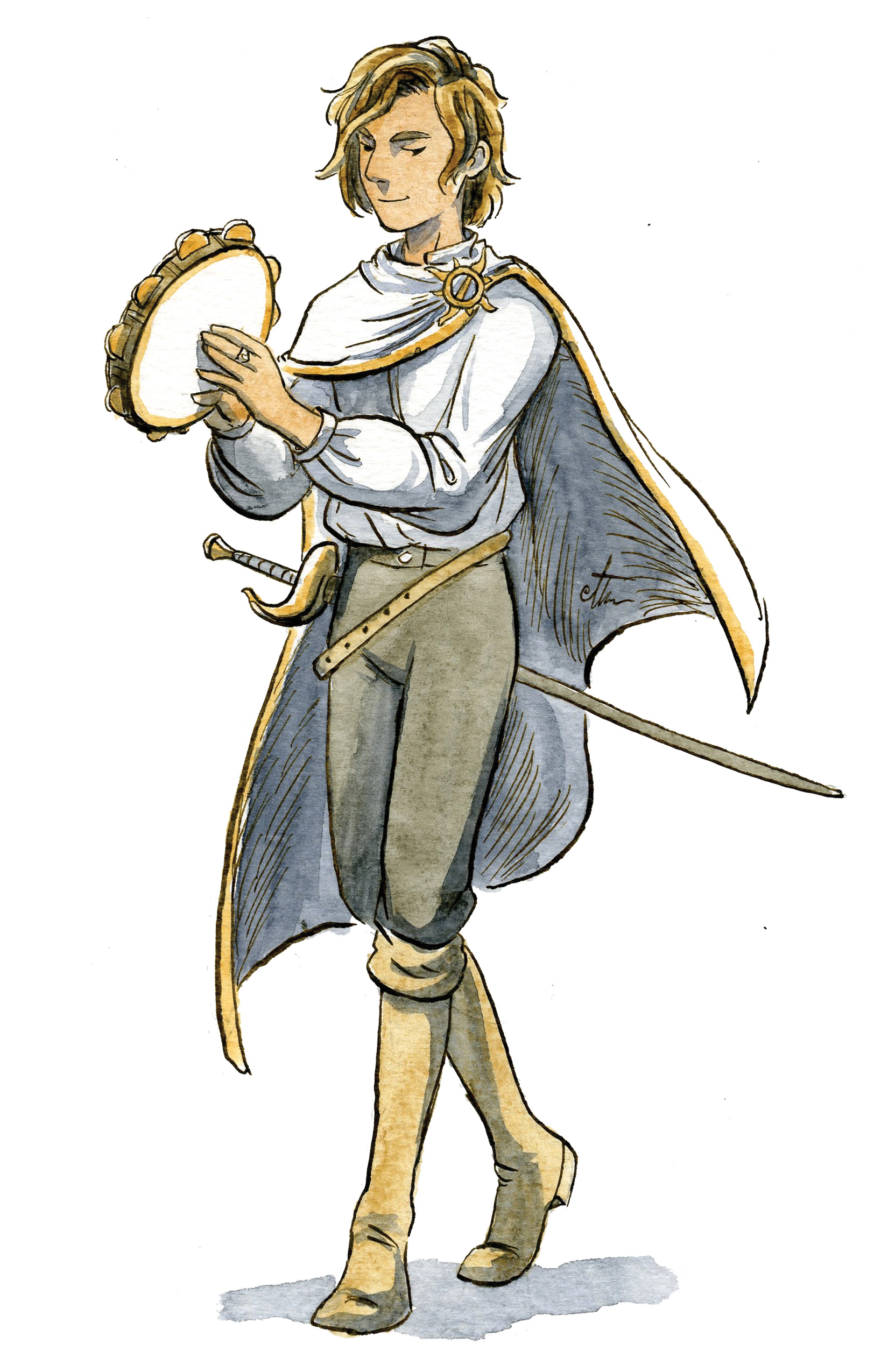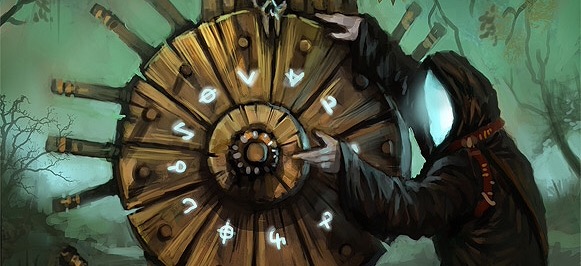<<<Previous: 3 – Devising a session
The purpose of this post is to provide a sample of a session outline developed using the processes outlined in Part 3 – Devising a session. This example will be for a Shadowrun game session and will build on the campaign frame and sample NPCs developed in Part 2 – framing a campaign. If you haven’t read the previous posts detailing the use of cards, this post may be a little hard to follow, though the scenario outline at the end should still be of use.
First, in order to kick off the story a begin building plots involving my major NPCs, I’ve opted to incorporate two of the Major Arcana/NPCs into my session draw. After a bit of shuffling, The Chariot was mixed into the 7 card draw, and The Hierophant is a secondary factor in the story.
Session outline draw
The initial 7 card draw comes out as follows:
| Story Element |
Card |
Suggested meaning |
| Inciting Incident |
9 of Swords |
Failure, death, delay |
| Story Goal |
The Chariot |
(Major NPC – Smuggler)- also, war, triumph, providence |
| Primary Obstacle |
10 of Cups |
Contentment, perfection |
| Assistance |
9 of Cups (inverted) |
Concord, victory, success |
| Opposition |
6 of Swords (inverted) |
Journey, route, way |
| Consequences / Stakes |
Judgement (inverted) |
Accounting for past actions |
| Rewards |
4 of Pentacles |
Resisting change |
Interpreting the cards
Because The Chariot emerged as the Story Goal, the objective of the story is for the characters to help the Major NPC of the Smuggler achieve a significant goal. As another Major Arcana emerged under Consequences / Stakes, that aspect of the story will be related to the second NPC in this story, the corporate military R&D agent (The Hierophant). Because the Judgement card is inverted, the Hierophant’s involvement in the story will be indirect and possibly not something the player characters are aware of.
Now onto the rest of the cards:
While the common conceit to start a story in Shadowrun games is that the PCs are hired to do a job or ‘run’, and not wanting to over complicate things for the first session in a new campaign I will stick with that arrangement. The reasons for the job, however, can be coloured by the card that is drawn and influence the circumstances of the rest of the session.
So this story begins when the characters are hired to replace another team who have failed to do a job (‘failure’ as represented by the 9 of Swords). This immediately suggests that the job is particularly difficult. The reasons for their failure will be determined after more of the session outline is completed.
The goal of this story is to help the Smuggler deliver a package – they PCs are to meet the Smuggler somewhere just inside the national border and take possession of a package and then get it to its intended destination.
The primary obstacle of this session is defined by ‘contentment, or perfection’ – following on from the influence of the 9 of Swords as the Inciting Element, this card could be interpreted as a further absence of contentment, or even the opportunity for contentment, meaning that the pressure is really on for this task. The job has just become incredibly time-sensitive and so the PCs have far less than their usual time for preparation – effectively none – and will have to improvise more than usual to complete the task in time. To further expand on the idea of an absence of contentment, the primary setting for the story will be on unfamiliar and hostile territory. In the default Shadowrun setting of the Seattle city-state, there are plenty of hostile urban sprawls and slums in which such events can take place. In this case, the PCs have to meet the Smuggler in one of the abandoned regions of the city rendered uninhabitable by an erupting volcano, occupied now by urban predators, gangs and magical nasties that dwell in the dark places of the Shadowrun universe.
Whatever assistance is available to the characters at short notice is not immediately evident and would therefore require some exploration or creative thinking on behalf of the PCs to uncover. In the context of the story so far, and given a primary meaning of the 9 of Cups is ‘concord’, or agreement between groups of people, there will be a small community of homeless people living around the area who can help the PCs navigate through unfamiliar terrain. This help will not be offered freely, nor will their presence be immediately evident.
Opposition, defined by an inverted 6 of Swords, has to do with the route or journey the characters or their goal will take. A clear use for this card is not immediately evident, so I’ll wait to apply the remaining cards before deciding in this one.
The inverted Judgement card relates to the NPC of the Hierophant, or the military R&D agent, who themselves have a hidden motive. This character is behind some aspect of the story but their involvement is indirect, so I interpret that as meaning that the character will be acting through third party agents as well as further ciphers to protect their identity, should the PCs go looking. I also have to remember that this character is meant to be the primary antagonist of the campaign and so it can’t hurt for their relationship to the characters to get off on a bad foot.
Therefore, I choose to interpret this card and it’s position on the draw as referring to the ‘consequences of success’ in the style of ‘no good deed goes unpunished’. If the characters succeed in their task they will incur, at least, some ongoing bad favour from their hidden adversary.This means that the hidden NPC doesn’t want the characters to succeed. But why? The NPC has an investment in the characters failing in their task. This NPC wants to claim the item that the characters are helping to smuggle, which, given the secret motivation of the NPC suggests that the smuggled items have some value to the NPCs secret pursuit to ‘transcend humanity’ through cyber-technology.
The last card in the ‘rewards’ position indicates that ‘resisting change’ will be a primary benefit of success in this story. Given the result of the card/story element above, this is going to mean that succeeding in this task will prevent something significantly worse from happening – it means a significant delay in the NPCs progress towards their goal, which, by extension, means that the NPCs goal is something worth stopping.
With these two final cards in place it helps to interpret the card in the ‘Opposition’ position. The characters will be opposed by others who want to get the smuggled package on a different route or journey than the direction the PCs will take it. The one element I will then add to the story that isn’t immediately suggested by the cards will be the agents that are trying to intercept the package and prevent the PCs from succeeding. Given that the major NPC has an allied NPC (or group) in the form of an elite squad of soldiers assisting in the research, some manifestation of that group will be the opposing agents in this session.
With all of those elements in place, it’s time to draft the final session outline…
Session outline
Backstory: The NPC R&D agent is involved in some less-than-ethical research into pushing the limits of cyberware and the human condition. While doing more mainstream research for their primary employer, a corp-run military outfit, they are also pushing their own agenda and subtly manipulating some experiments in order to test personal hypotheses alongside the corp-approved research goals.
One facility that operates in a location outside of the games setting was the subject of a successful run to capture a lot of research data, and then damage or destroy the facilities and any available data backups.
The perpetrators of this run did not know that the facility and research they were targeting were part of the NPC R&D agents personal agenda.
Upon learning of the heist, the NPC set a couple of members of their available allied soldiers to track down the perpetrators and reclaim the missing data. Because the true nature of the research was secretive and the NPC didn’t want to draw additional attention, they send only a small number of soldiers on this mission (perhaps the corporation that owned the facility considered it an acceptable loss, especially seeing as such espionage is a common part of doing business in the world of Shadowrun).
So the team of runners that were meant to receive the package were intercepted by the soldiers while the smuggler with the data was still in transit, leaving the person who initiated the job to arrange for a new crew to make the pickup with little preparation and deliver it to a third and final agent.
Gameplay outline: The PCs are hired by a generic agent to pick up a job after the previous team have dropped out of contact. They have to meet the smuggler in a remote and hostile part of town, collect a package, and get it to another destination back in the inhabited part of the city. They characters are offered an enticing bonus to their pay to make up for the lack of preparation time and the extra danger implied by the disappearance of the previous crew.
The location of the meeting is a particularly desolate and alien piece of terrain. Long-cold lava flows engulf the bottom stories of buildings, many of which are crumbling and unstable due to the damage to their lower floors – rubble and difficult terrain abounds. The Smuggler will be coming in an aerial vehicle to land on one of the few large, stable buildings in the area that has a still-serviceable landing pad on its roof, where the PCs will meet, collect the package and aim to get back out the way they came.
This will involve a bit of planning and improvising on the part of the GM to characterise the terrain and consider how it may present challenges to the characters. Being inaccessible to most conventional vehicles is a good starting point.
Once the PCs have the package, the soldiers tracking them will make their move and try to reclaim the data being smuggled. Because in the world of Shadowrun, data can be smuggled/transferred via the Matrix, this package will also include a physical element. A prototype device that is also being transported.
The major conflict of the session then will be the PCs trying to either fight or flee from a small group of elite soldiers who will be better equipped and trained to operate in this environment. If they succeed, they will be marked by the NPC as being part of an opposing conspiracy, and if they fail they will either be killed by the soldiers, or at least lose the package entrusted to them by the Smuggler.
This will be played out in roughly three main scenes,
One – the hire. The PCs meet with the hiring agent who will impress upon them the urgency and potential dangers of the job (set the stakes high!)
Two – the meeting. The PCs enter the area of the ground, where the GM develops the alien nature of the surroundings and the challenges it presents. The PCs may have a little bit of time to explore and in which to potentially uncover the possibility of assistance from the local community (which might come in the form of a secret passageway out or helping transport the package so the characters can lead the soldiers away – this would be high risk and possibly result in achieving the story goal while still suffering significant personal consequences or death).
Three – Ambush! The soldiers spring their trap which, depending on the PC’s actions, could results in a deadly stand-up fight or a pursuit through difficult territory to freedom.
And that’s it! There’s an example of using tarot cards to develop a session outline and related story elements.
If you have any questions or comments, please post them below.
<<


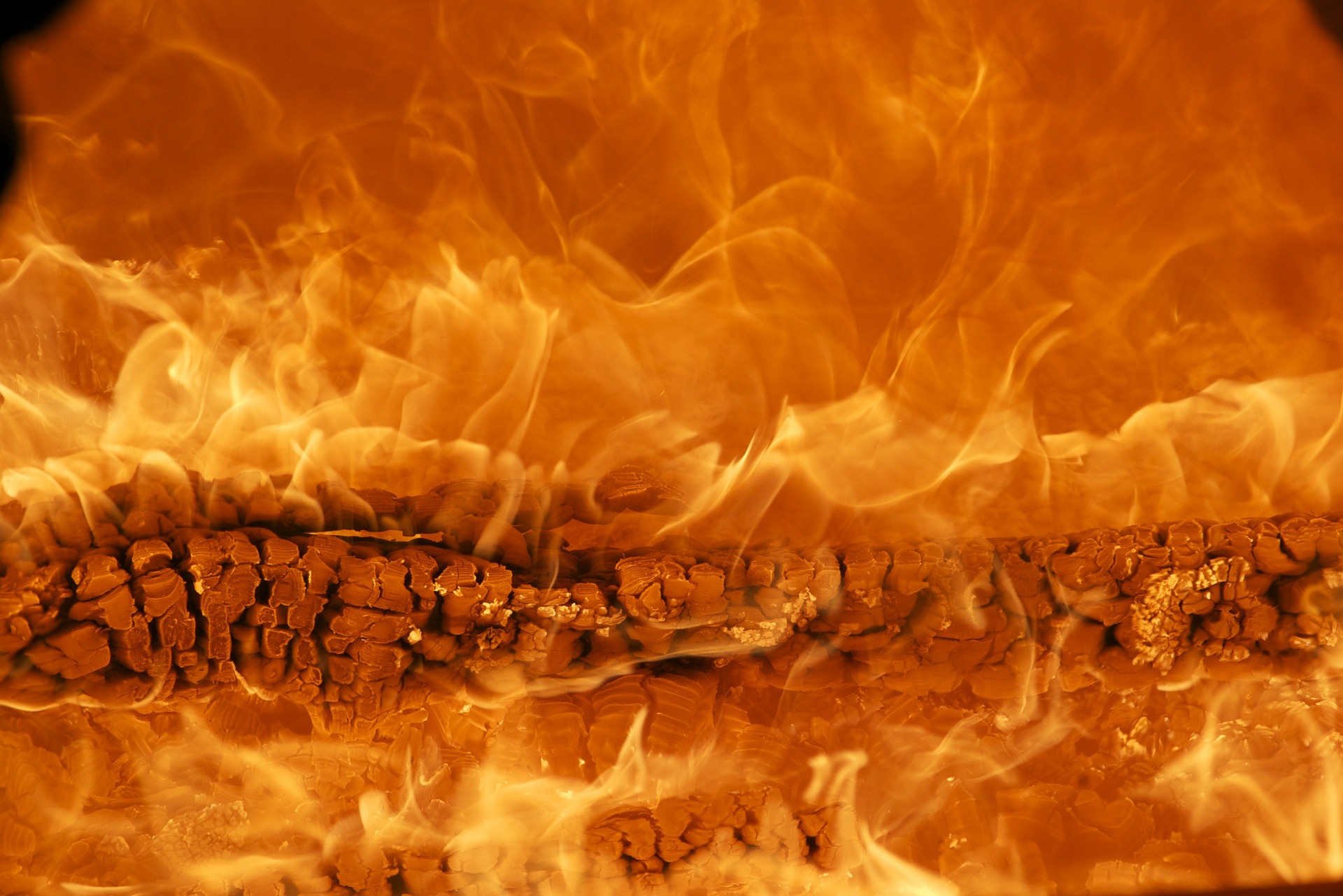

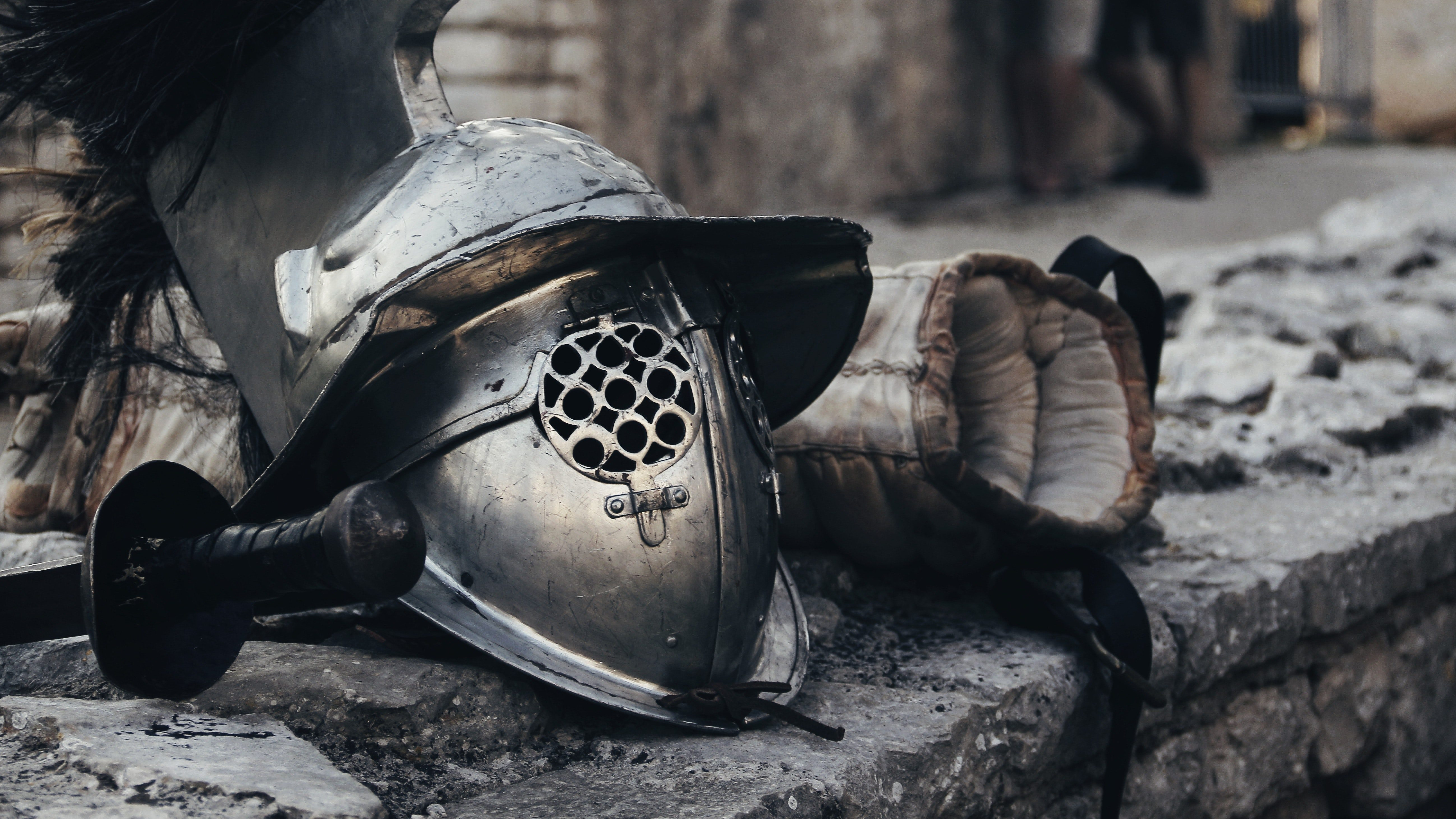 [NOTE: This post sat in my drafts folder for over a year. No, I don’t know why.]
[NOTE: This post sat in my drafts folder for over a year. No, I don’t know why.]